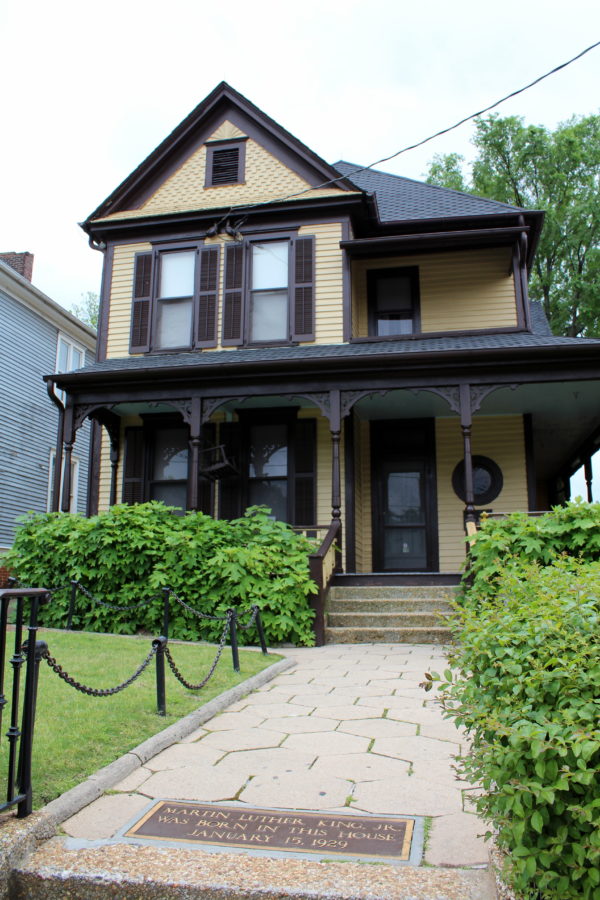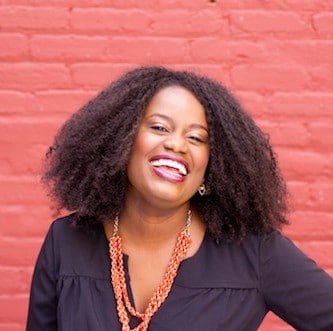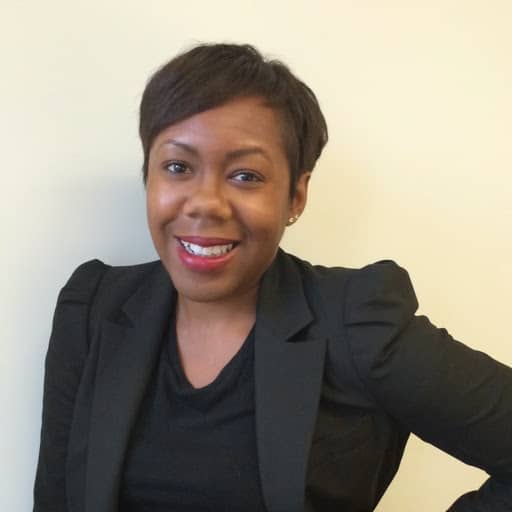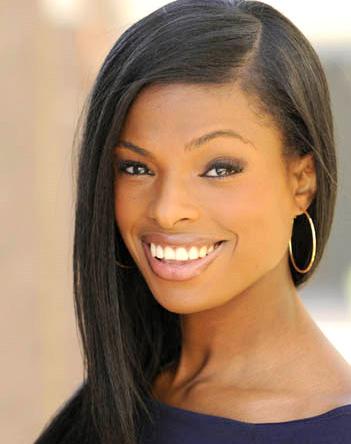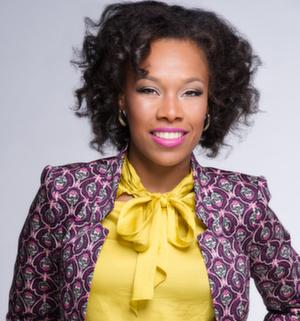Too many jobs and not enough people?
It’s not the scenario people are used to hearing in the U.S., but it could become the new reality in the computer science field in a few years.
While the demand for computer scientists continues to rise, the number of efficiently trained computer scientists remains low.
According to the U.S. Bureau of Labor Statistics, there will be roughly 1.4 million jobs for computer scientists by 2020.
Unfortunately, the number of current computer professionals combined with the number of university students studying the profession only reaches 400,000.
In other words, there will be a major shortage of computer scientists to fill the roles that are becoming increasingly necessary in the digital age.
To make matters worse, many schools are cutting back on or completely cutting out computer science programs that would allow students to gain experience with computers at an introductory level.
According to the College Board, only 10 percent of high schools offer computer science courses, and the overall number of introductory computer science courses has decreased by almost 20 percent since 2005.
This type of experience is what usually sparks a would-be computer scientist’s interest in the profession.
Without this introduction to the field, the profession continues to seem far too intimidating for the average student.
The number of teachers and professors qualified to train youths in computer skills is also uncomfortably low.
The College Board reported that less than 10 percent of all high schools in the U.S. have enough teachers available to offer the AP computer science course to their students.
Of those who did take the AP test for computer science in 2013, less than 20 percent were female and a mere 3 percent were African-American.
According to Alison Derbenwick Miller, vice president of the Oracle Academy, it’s not too late to turn those troubling statistics around.
The Oracle Academy aims to drive more student interest in computer science and further develop the skills of those who are interested.
Miller says that the key to closing the skills gap is to make sure that computer science is both approachable and accessible.
“Teachers, parents and administrators can help expand interest in computer science by making the subject more appealing to a wide range of students,” Miller wrote on TechCrunch.com. “Help students understand the connection between computer science and their lives – how it helps them register for classes at school, enables cellphones to function and determines the ads they see online.”
In order to do this, Miller says schools will need to team up with businesses as well as focus on success in computer science outside the classroom.
“Schools can bring in parents and professionals from the community who leverage computer science in their jobs to share with students how the skill can translate to a career,” Miller added.
Perhaps the most challenging part is to find a way to get computer science incorporated in core K-12 curriculums.
“It can take 25 years or more to create a computer scientist – from developing a core analysis and problem-solving skills to achieving fluency in programming languages,” Miller explained. “As such, it is essential that computer science education becomes integrated in the K-12 curriculum.”








